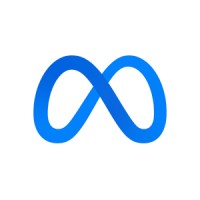Which success metrics would you want to track for Instagram Shopping?
Which success metrics would you want to track for Instagram Shopping?
 Meta
MetaInstagram shopping is a product that allows users to buy and add to card directly from the app. It allows to add tags on pictures, that would send the user to the store on instagram, where he can directly buy the product. It helps:
– users in their purchases / inspiration (as instagram is often used for styling, lifestyle products)
– shops to increase the effectiveness of their cooperations, or ads, having a more measurable ROI, which is crucial for ad spend
– Thirdly, it helps influencers also in their performance tracking
Now, taking a step back, Instagram is owned by Meta, whose goal is to connect people worldwide.
Instagram shopping is part of this goal, for two reasons:
1. helps the platform monetize, so the platform ability to perform and support all the users on it
2. helps content creators and brands connect closer to the end user / consumers
Goal
because of all these considerations, we can say that Instagram Shopping goal is to help advertisers and content creators track the effectiveness of their campaigns and ROI, and users to be closer to the lifestlye they want.
Metrics:
Adoption:
Users:
– # users that click on the tags on the pictures
– # users that click on the store
Stores:
– # influencers or brands (verified accounts) that checks the page
Acquisition:
– # Users adding one item to card
– # users finalizing the purchase
Engagement:
Users:
– # users that click on other items in the store
– Dollars add to card
– items add to card
Influencers :
– items added per week
– post with tags / post in total per day / week / month
Revenues:
– #dollars per month
– items sold per month / week / day per influencer
– items bought per month / week / day per user
Because we said earlier that the goal of this product is to increase the revenues and connect users and influencers, the metrics of interest in this case would mostly be around revenues and engagement.
Specifically, as the feature is relatively new, we want to closely monitor the influencer engagement; if influencer start use the product, more users might start buying (the reverse is not possible). Also, influencers and brands are business on its own; tracking their usage engagement and revenues generated can help us understand how they believe their followers are using the feature and if it is worth continuing.
having said this, the metrics that we should account for are mostly related to the posts including the tags and number of tags (revenues can be a bias, as items can have different prices) and how they vary per week / day / month. Also, how many posts have a tag over the total.